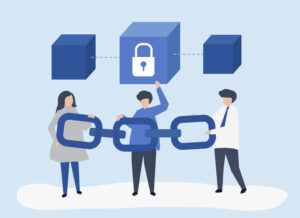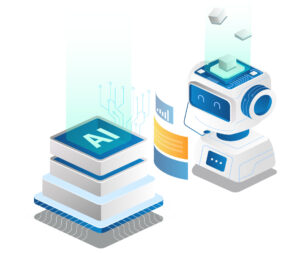New Age Tech Used In Indian Elections
What a pace! No, I’m not talking about Cricket, there’s something else that has changed the way things work lately. I won’t trail it off further, Of course, it is technology… The rise of new age tech used in Indian elections!!! And the political landscape in India like any country is no new to leveraging the best of it!
The way Elections, Campaigning, Voter Identification, and all the key components of electing a government work today are based on digitization. It made the processes more transparent, secure, and efficient.
How? Let’s take a look!
Electronic Voting Machines (EVMs)
If we were to go back in time, implementing EVM was the first step in taking the electoral process digital in India. Although it was not much of a successful attempt, it was first used in the by-elections of Parur in 1982.
Evolution of EVMs
Since the first trials, ECI along with its research and partnering companies has been developing many iterations of EVMs to date, the best of which were first identified for the 2013 Nagaland (Noksen – Assembly constitution). This election we used a similar but updated model of the same machines.
How EVMs Ensure Accuracy
Testing is the only way to ensure safety and accuracy! VVPAT machines add a layer of transparency, again, to fortify accuracy. EVMs are tested rigorously before being deployed for use, if it fails even once in the testing phase, the unit is not put to use any further. Also each EVM can only be used for a max 3 times before being retired.
Voter Verifiable Paper Audit Trail (VVPAT)
Due to previous failures and the distrust in machines with us as humans, VVPAT was introduced. It was implemented to ensure the credibility and transparency of the votes cast.
Purpose of VVPAT: Enhancing Transparency and Trust
VVPAT generates a printable paper trail for the voter to verify their choice. This gives voter confidence in the technology being used, ensuring their choice is verifiable and accounted for accurately.
Biometric Technology in Voter Identification
“Please link your Aadhar with your Bank, PAN, Voter ID, Phone number…” we are not new to these messages in our inbox for a long time. But do you know why?
Aadhaar Integration
Much like our fingerprints Aadhar is our unique Identification number! Also, it is actually linked to our fingerprints in government records. It helps the biometric identification of any individual seamlessly and hence has been integrated into the voter ID system to streamline voter verification.
Benefits of Aadhaar for Voter Verification
Integrating biometric identification in voter verification eliminates the chances of duplicate and/or fake Voter IDs. This ensures a much cleaner and more sophisticated polling system.
Addressing Privacy Concerns
Although there are benefits to having these Integrations in place, it brings some privacy concerns as well! So to safeguard sensitive information regulations are put in place to ensure that linked-voter data is protected and used responsibly.
Facial Recognition Trials
Trials with facial recognition technology, which again is part of biometric verification, are being tried in various regions to enhance voter verification further.
Potential Benefits and Challenges
Facial recognition can for sure streamline voter verification but it brings its own challenges such as data security and technological flaws. It needs a lot of refinement and updates in the framework to get the tech in line with the desired implementation outcome.
Blockchain Technology in Elections
Blockchain technology offers a revolutionary way to secure and verify election results.

Securing the Voting Process
Blockchain is an advanced database mechanism that can ensure that each vote is recorded in an un-changeable record, making tampering virtually impossible.
Immutable Records, Enhancing Voter Trust
As every vote recorded on a blockchain is permanent and cannot be altered, and that allows transparent information sharing within the network, this could bring a needed change ensuring voter identity is not revealed with the assurance of their vote being counted accurately.
Use Cases in Indian Elections
India is exploring the use of blockchain technology in elections through various pilot projects.
Pilot Projects and Results
With the potential for larger use as the technology develops and becomes more widely available, blockchain’s future in Indian elections is bright. Enhancing security and transparency has brought good results from the first pilot initiatives. These initiatives provide a great learning opportunity for extending the use of blockchain technology in upcoming elections.
Artificial Intelligence and Data Analytics
The use of Artificial Intelligence (AI) and data analytics is eminent in how media campaigns over the digital network, as well as general ways of outreach, have changed!
AI in Campaign Strategies
AI tools are being used to develop sophisticated campaign strategies. Finding out the niche of public opinions, behaviors, trends, and patterns about how they react to a certain situation.
Targeted Campaigning to Predictive Analysis
AI is used to analyze huge amounts of data to identify voter preferences and behaviors, allowing for highly targeted and personalized campaign messages. By predicting their behavior, AI also makes it easier to allocate resources and focus on the end goal of tipping the scales for those in favor.
Data Analytics for Voter Behavior
Data analytics a subset of AI, provides deeper insights into voter trends and patterns. What role does it play you ask? Let’s discuss it!
Understanding Voter Trends
Analyzing previous voting data and current social media trends helps us understand what issues matter most to voters and how they are likely to vote in favor or against it. This makes segments for public opinion and leads to how to deliver the right message for them to react in the most effective and positive way!
Improving Voter Outreach
Strategies that are driven by data, ensure that outreach efforts are more efficient and effective, engaging voters on issues that resonate with them the most.
Social Media and Elections
We are all living the digital life today! Social media has become an indispensable tool for all good reasons and none. But in modern elections, it’s more than just a tool to reach out to the general population. Embedded in our day-to-day lives we come across so many causes and events that catch our attention that it has an everlasting impact in our thought processes!
Influence of Social Media
Platforms like Facebook, Twitter, and Instagram offer so much functionality, we come across polls, posts, stories, short-format informative videos, long-form videos, podcasts, and whatnot! These play a very important role in understanding and shaping public opinion and calling in voters.
Campaigning on Social Platforms to Engaging Young Voters
We are a young nation, meaning almost 60-65% of our country’s population is under the age of 35, and the young population is adept at social media, if not vary of posting and commenting regularly we are at least the ones who consume content daily. Candidates know that we have the potential to change and by using social media platforms they could reach a wider audience, share what they have to say, engage with us in real time, and get us onboard.
Combatting Misinformation
With the rise in the number of content creators on various platforms online, misinformation on social media is a significant challenge. There are some graduates of WhatsApp University or simply fake news/misleading content creators who actively try to generate misinformation. Certain fact-checking bodies are put into place to address such cases.
Fact-Checking Initiatives
Initiatives to check the authenticity of posts, comments, and doctored images are in place to fact-check information, also the authenticity can be confirmed by the badges against reviewed profiles that post them, plus there are governing bodies that validate certain necessary posts and comments to reduce the spread of fake news during elections.
Collaborations with Social Media Companies
Since there are multiple visions for different groups of people, election bodies have collaborated with social media companies to monitor and manage the content, ensuring fairness to an informed electoral process.
Cybersecurity in Indian Elections
With the use of more and more digital assets in the electoral processes, securing the network, physical assets, web assets, and cloud computing from all vulnerabilities and threats has become an important factor. Cybersecurity, in this case, securing the digital infrastructure that supports elections is a predominant factor.
Common Threats & Defense Mechanisms
Hacking, phishing, keylogging, and malware attacks are some common threats that we can identify at the count of our fingers when speaking of it, although there could be more risks. To safeguard the electoral process and data security it is necessary to implement measures that increase cybersecurity measures, these include robust firewalls, data encryption, intrusion detection systems, etc.
Like in the case of EVMs, It is designed in such a way that it needs no electrical, Wifi, or any kind of wired connection except for a 5- meter cable that connects to the VVPAT that connects via a printer port.
Building Public Confidence via Transparent Security Measures & Regular Audits and Assessments
Simply implementing the measures is not enough hence, clear communication about the steps taken to secure elections helps reassure the public about the integrity of the process. Also, continuous audits and assessments help identify vulnerabilities and improve security measures.
The Role of Mobile Technology
Mobile technology is making elections more accessible and engaging.
Mobile Voting Initiatives
In some countries where the population is not as vast as ours, mobile voting schemes are being tested for certain processes or groups. Efforts are underway to develop such secure mobile voting options in India.
Accessibility for Remote Areas & Security Protocols
The main reason for developing mobile voting, lies in the welfare of the remote and rural areas, also for the physically challenged, and the demographic that cannot reach the polling booths. This can significantly improve accessibility for voters in general and increase involvement as well.
Mobile Apps for Voter Information: Real-Time Updates & Voter Education and Engagement
Mobile apps provide real-time updates and essential information for voters. Voters can receive instant updates on election news, candidate information, and polling station details. Apps also serve as platforms for voter education, offering information on how to vote, what to expect at polling stations, and why their vote matters.
Future Trends in Election Technology
The future holds exciting possibilities for election technology to name a few quantum computing, Enhanced AI capabilities, Psephology, and more as we discover them!
Quantum Computing & Enhanced AI Capabilities
As seen by the current trends, Quantum computing & AI are the very tech that we will witness in trend in the coming time. This could revolutionize data security, offering unprecedented levels of encryption. Also, AI is set to become even more sophisticated, providing deeper insights and more personalized voter engagement.
Ethical Considerations: Ensuring Inclusivity & Addressing the Digital Divide
As technology develops, it’s important to address ethical issues. A fair election process requires ensuring that all voters have equitable access to new technologies. In order to guarantee that voters are not left behind by technological progress, efforts must be made to close the digital divide.
Conclusion
In conclusion, modern technology is being implemented in Indian elections to change the democratic process and make it more efficient, safe, and accessible. A more transparent and reliable election system is being developed with innovations such as blockchain technology, AI-powered campaigns, digital voting systems, and biometric verification. It is necessary that we continue to advance these technologies in the future while addressing moral issues and guaranteeing equality. The digital revolution in elections is still in its early stages, but it has enormous potential to revolutionize democracy.
FAQs
Q) How have EVMs changed Indian elections?
A) EVMs have made it easier to vote fairly and reduce the chances of human error, also in the tally of votes it makes the process faster and more efficient.
Q) What are the benefits of integrating Aadhaar with voter ID?
A) By removing fake and duplicate voter IDs, Aadhaar integration guarantees a more accurate voter list and simplifies the voter verification process at polling booths.
Q) How does blockchain technology enhance election security?
A) By guaranteeing every vote is saved in an unchangeable record and making manipulation nearly impossible, blockchain technology increases voter trust via transparent and verifiable records..
Q) What role does AI play in election campaigns?
A) Campaigns can be made more effective and efficient by using AI to evaluate voter data, forecast voter behavior, develop customized campaign plans, and improve outreach efforts.
Q) What measures are taken to ensure cybersecurity in Indian elections?
A) To safeguard electoral data and infrastructure, precautions such as, including strong cybersecurity protocols, firewalls, encryption, intrusion detection systems, and ongoing audits are being implemented.











